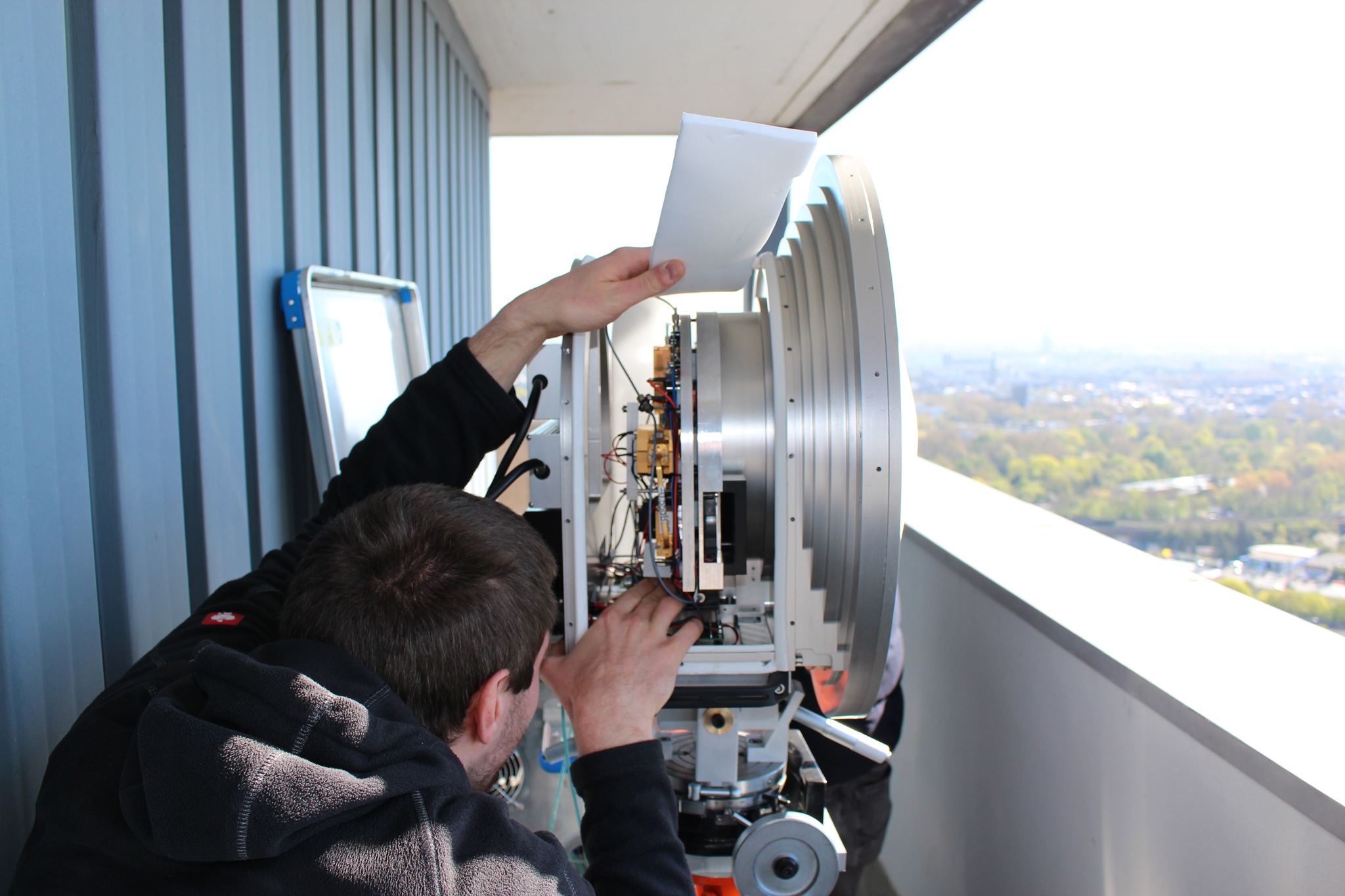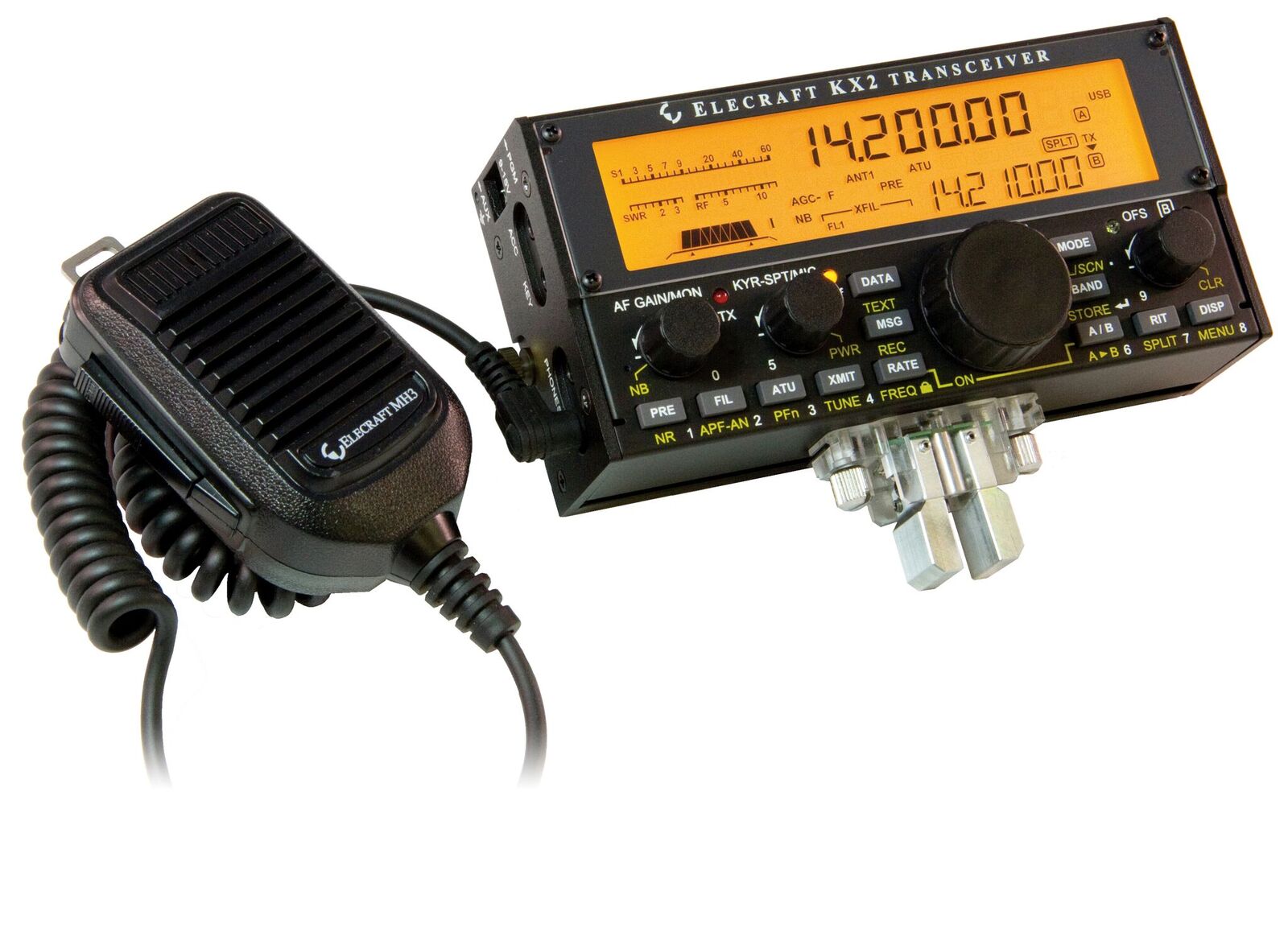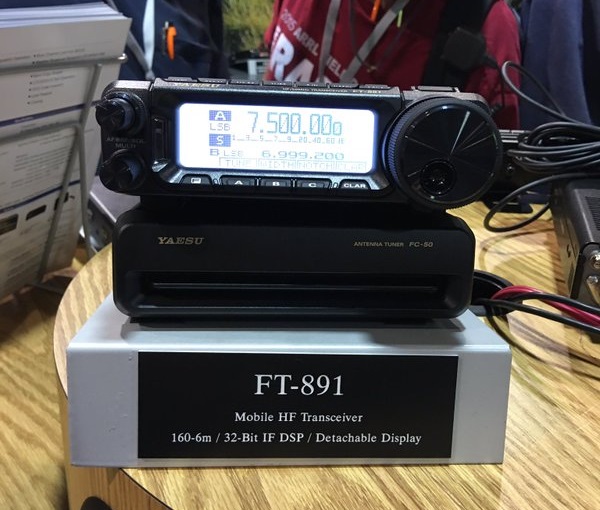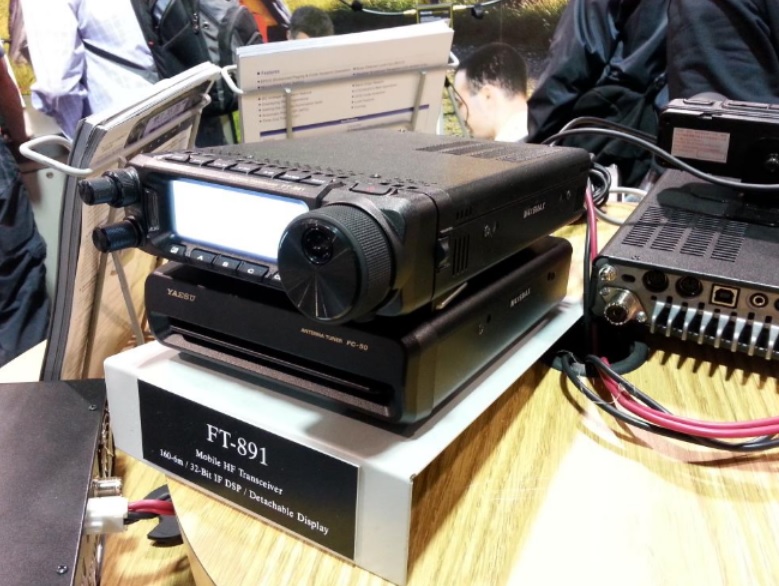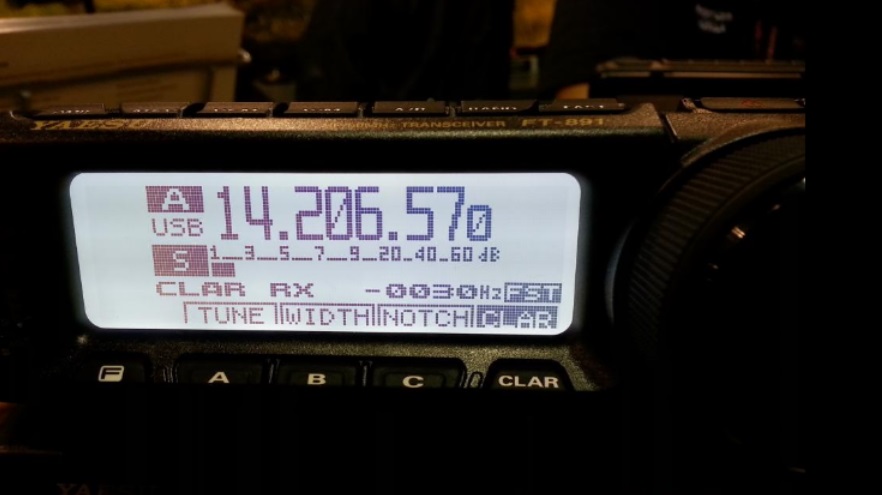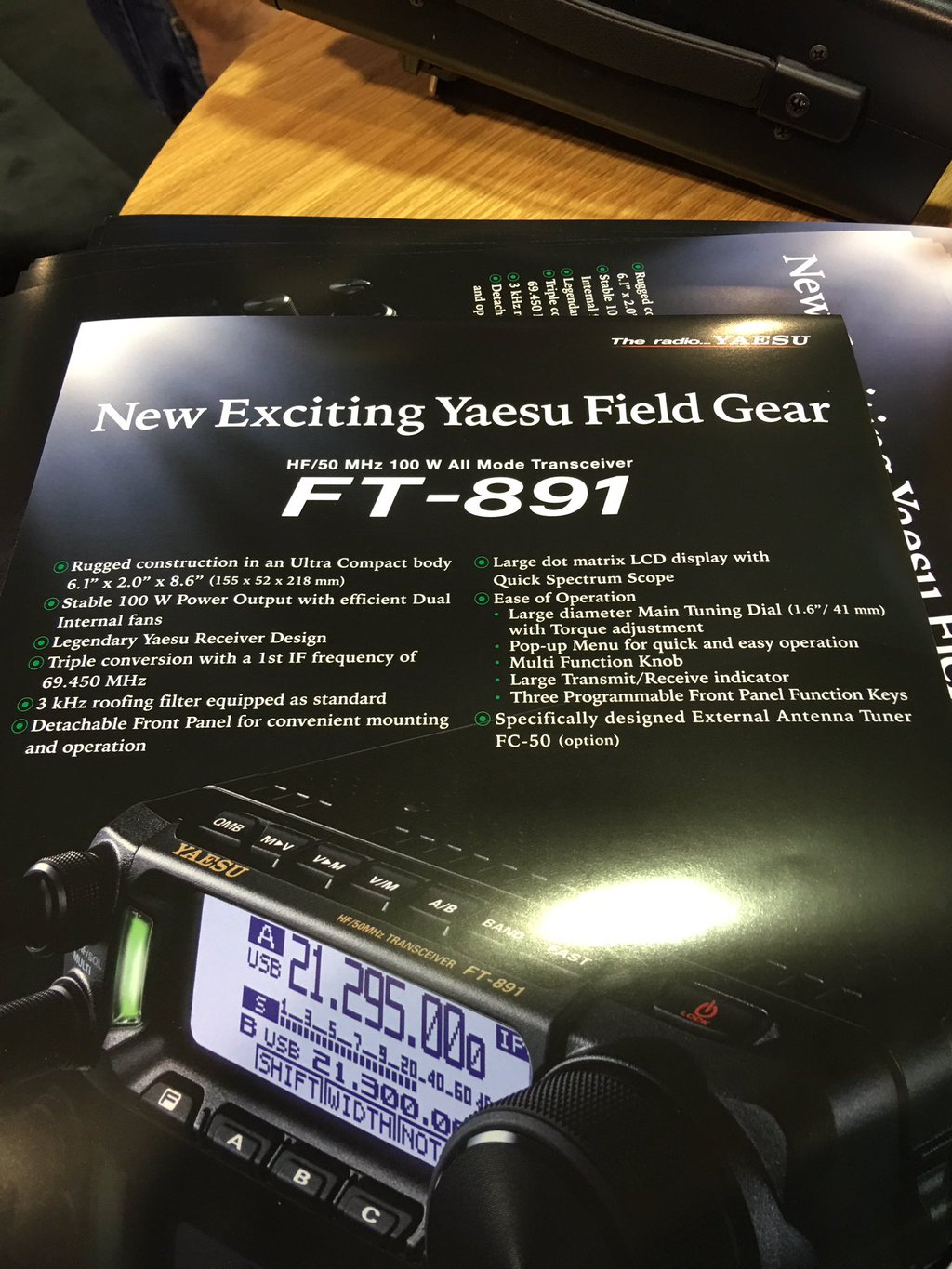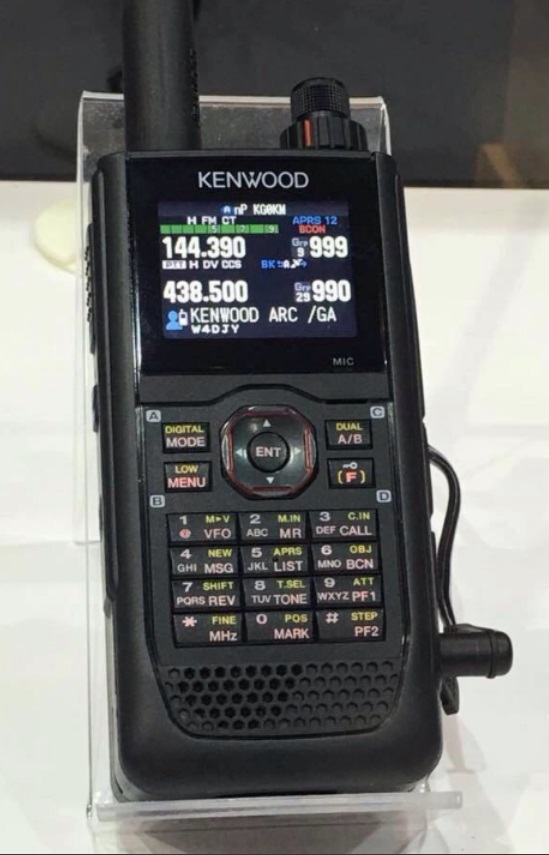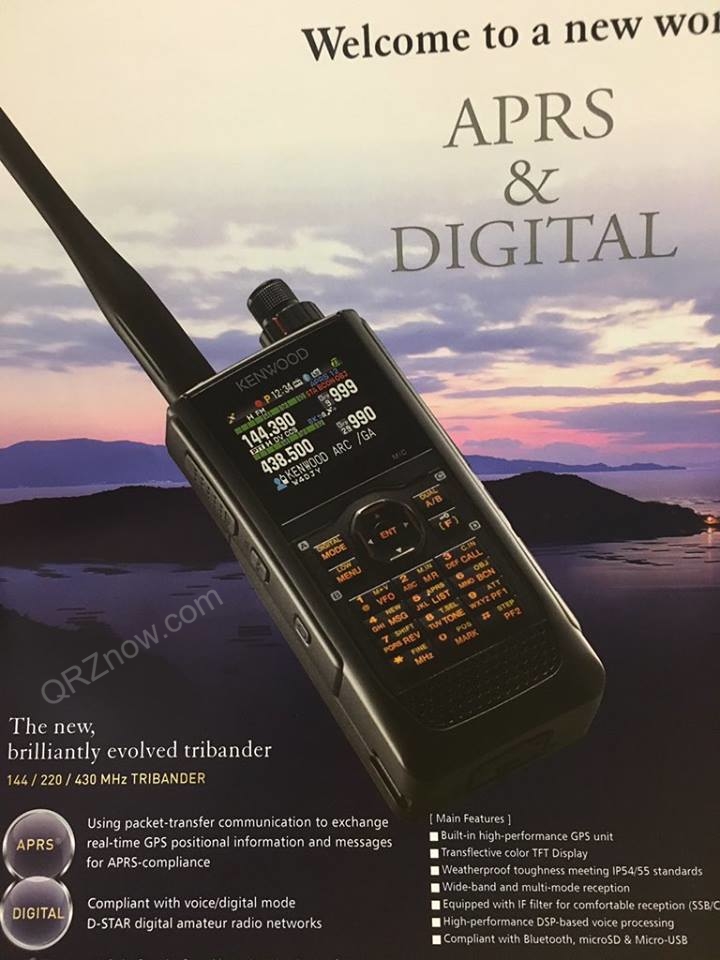From the HindustanTimes, original post here. By Ravik Bhattacharya, Kolkata.
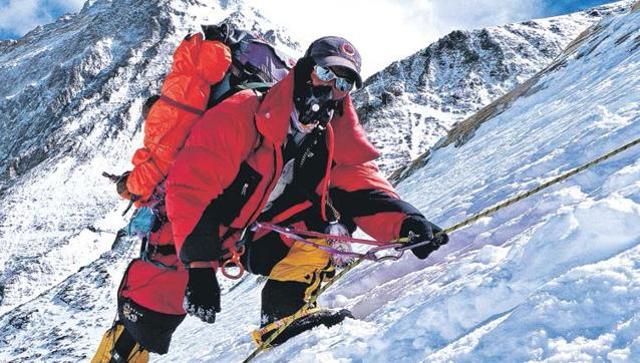
he first batch of mountaineers from Bengal would soon get licences to operate HAM radios, giving a fillip to search operations on the killer peaks.
The first licence was issued on Wednesday while another 22 will be given in the next few days. After months of training, 27 mountaineers appeared for an examination for HAM radio licence at Sodepur High School in North 24-Parganas. Twenty three passed the test and their licences will get licences soon.
Dipankar Ghosh, one of Bengal’s well-known mountaineers who scaled 30 Himalayan peaks including Mt Everest, is also among those who cleared the test. This comes at a time when the state is shocked by Everest climbers going missing on way to the summit.
“This may be the first licence issued to a mountaineer,” Ambarish Nag Biswas, secretary of secretary West Bengal Radio Club (Amateur club), told HT. He trained all the mountaineers before the test.
Read: Hopes of finding missing Everest climbers from India fade
The only communication device that works in such conditions is satellite phone, which are not freely available in India. They have to be rented from agencies in Nepal and are very expensive. Over the past few days, Rajib Bhattacharya died while trying to conquer Dhoulagiri while two others, Gautam Ghosh and Paresh Nath, plunged Bengal in agony and suspense as they remained missing since last week.
HAM operators say, with the help of cheap, easy-to-handle HAM sets, climbers can never go missing. Even if they fall ill, or meet with an accident, the radio sets they will be carrying will constantly emit signals that will pinpoint their location.

